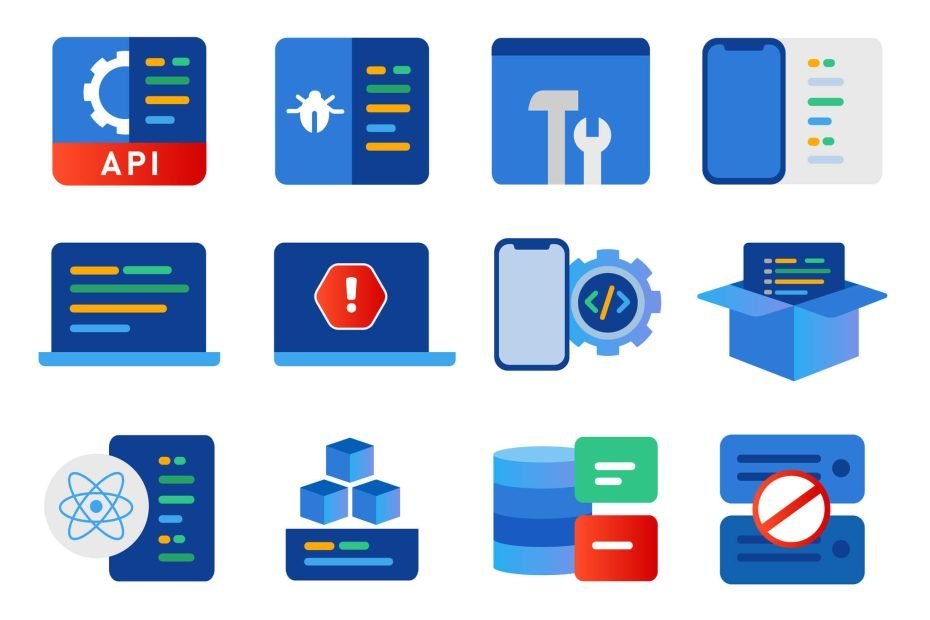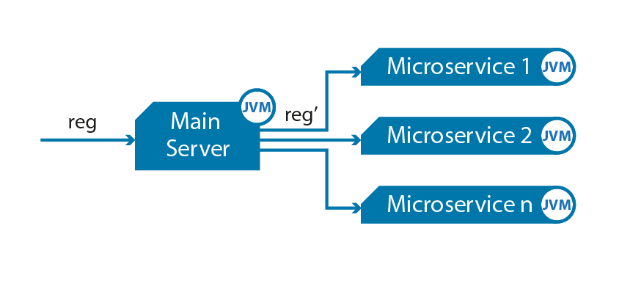Best Approach to Troubleshooting Microservices
You may well be aware that, in general, applications and software are developed to be monoliths. Still, as technology has advanced, these processes have been replaced by Microservices since they are now outdated. There are various Microservices used to form an API, which helps perform different functions and build a strong enterprise application or software. Microservices have allowed developers to… Continue readingBest Approach to Troubleshooting Microservices









